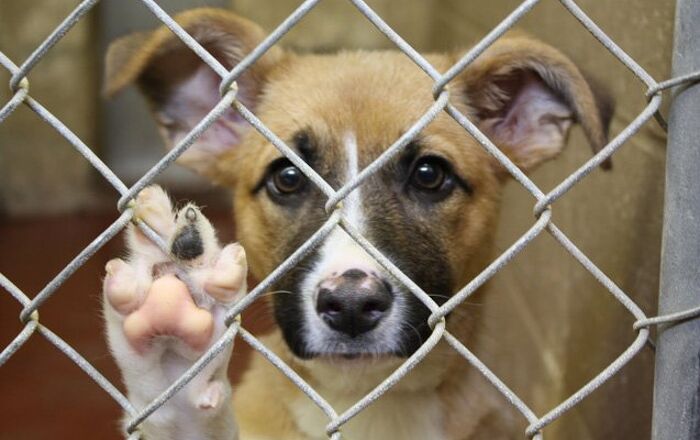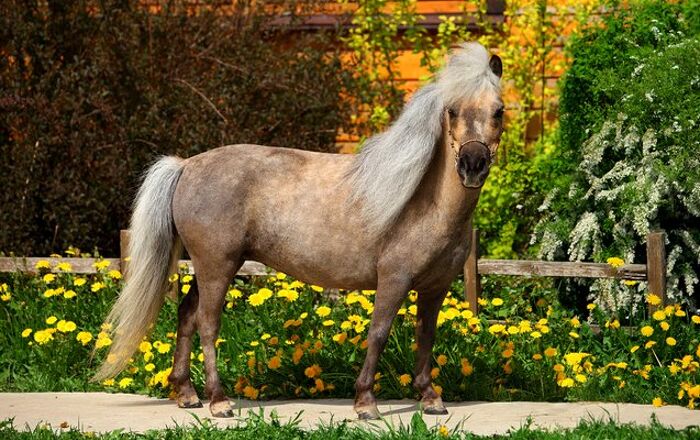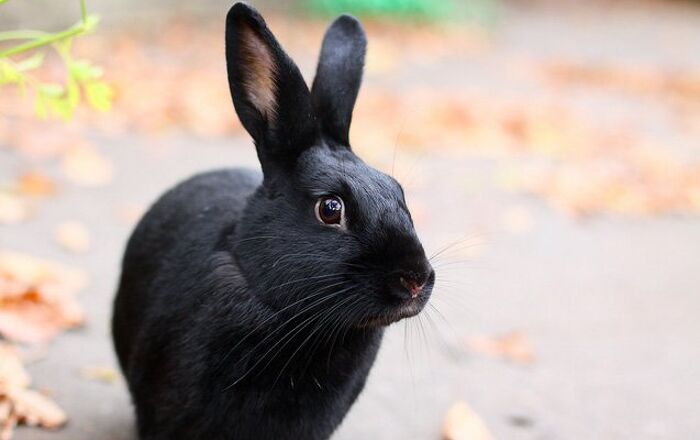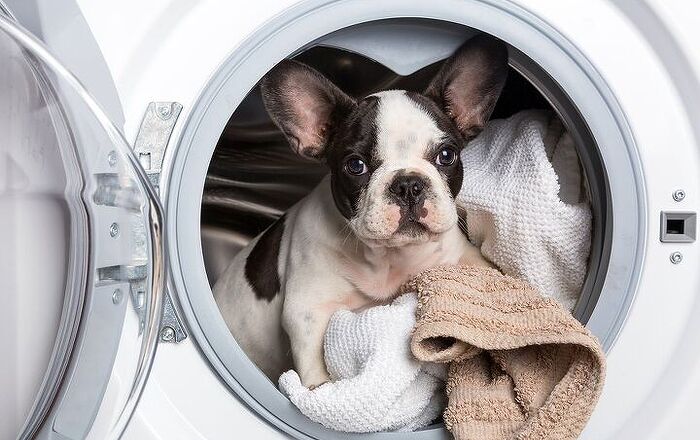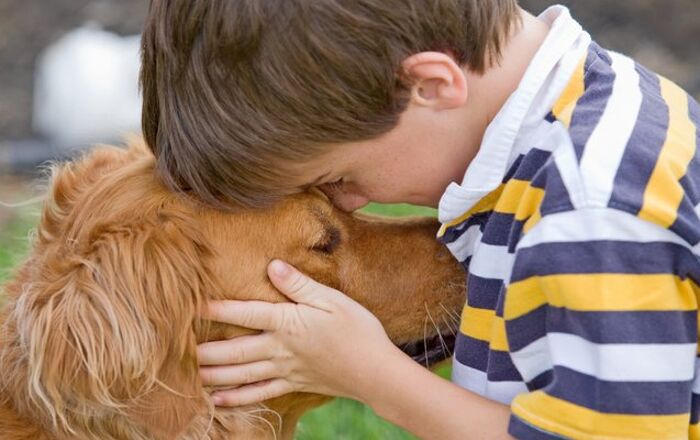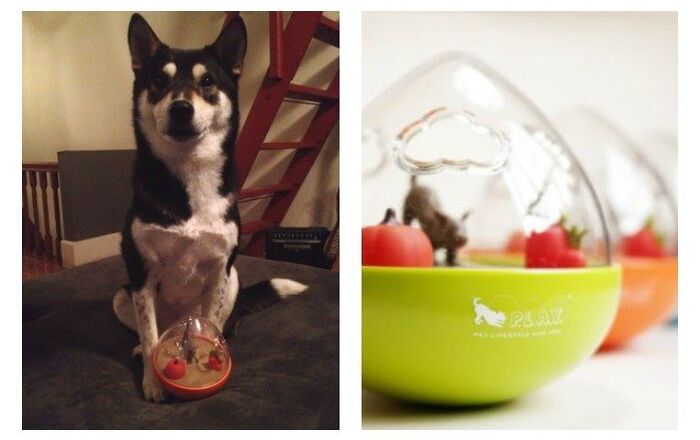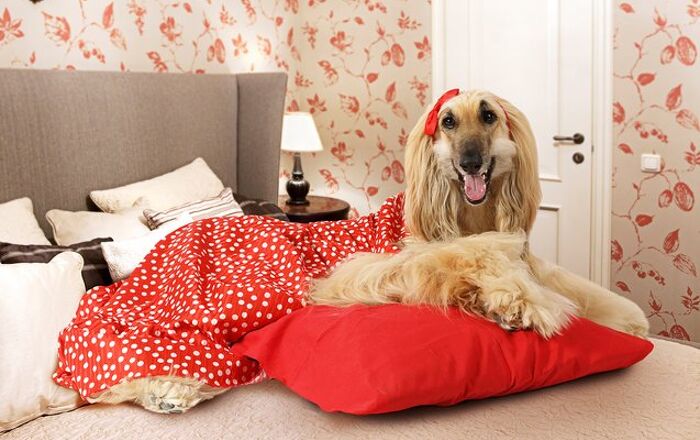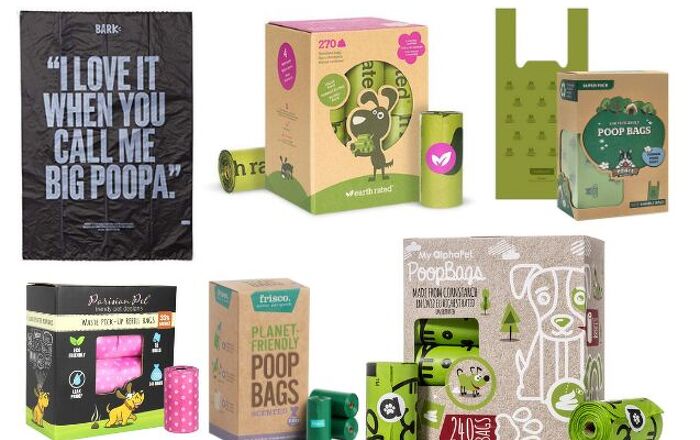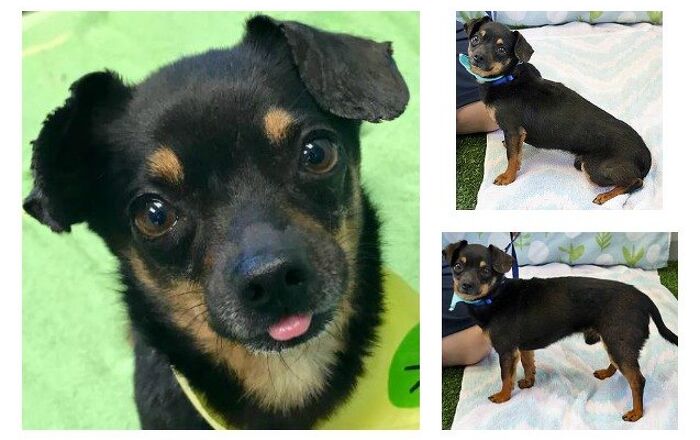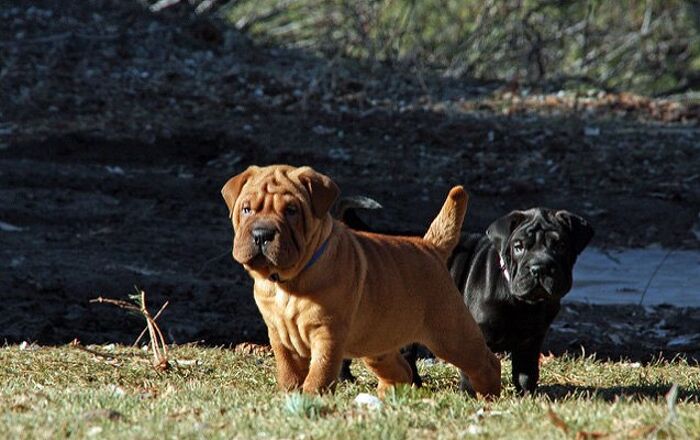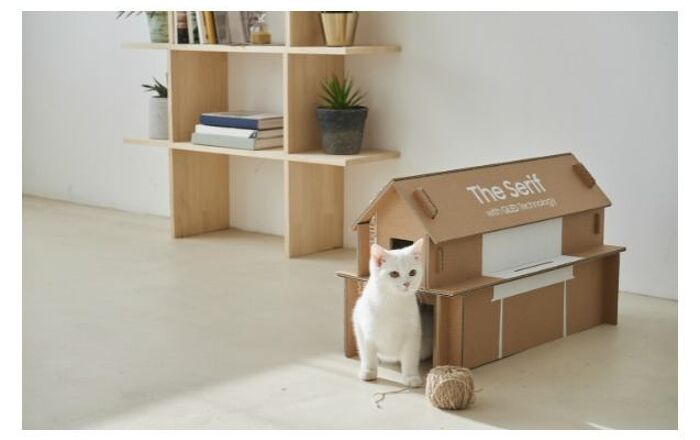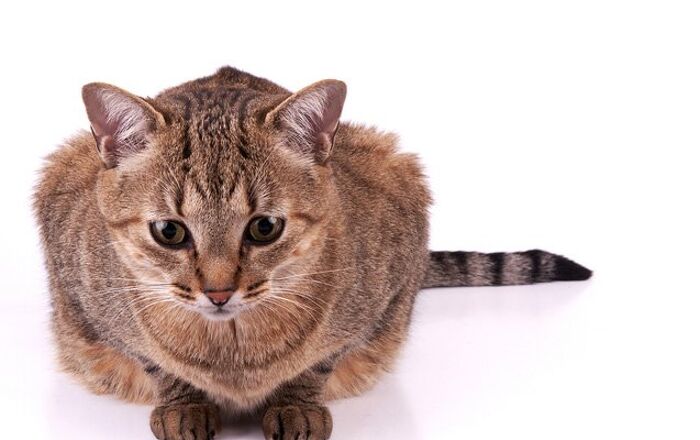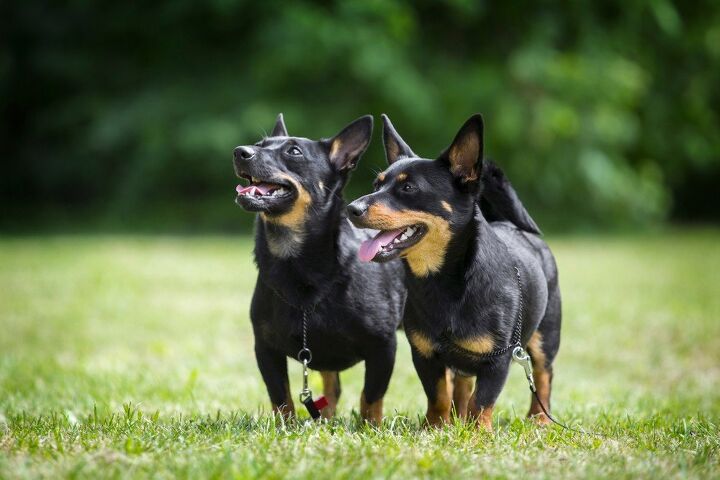
Lancashire Heeler Basics
When you see the Lancashire Heeler for the first time, you might think that he is a unique color variation on the Corgi. It is true that this breed has a stocky body, short legs, and a thick tail but he is a breed all his own. This little dog is a skilled drover and, though he remains fairly rare, he is an excellent companion pet as well as a wonderful herding dog.
The Lancashire Heeler a skilled drover and an excellent companion pet, as well as a wonderful herding dog.
Origin
The Lancashire Heeler is a small-breed dog developed for herding cattle. The exact origins of the breed are unknown, but it is commonly believed that the Welsh Corgi played a role in its development. It is also likely that the black-and-tan Manchester Terrier was introduced at some point. The modern Lancashire is considered a vulnerable breed which means that annual registrations are under 300, though current estimates are closer to 150.
Pedigree
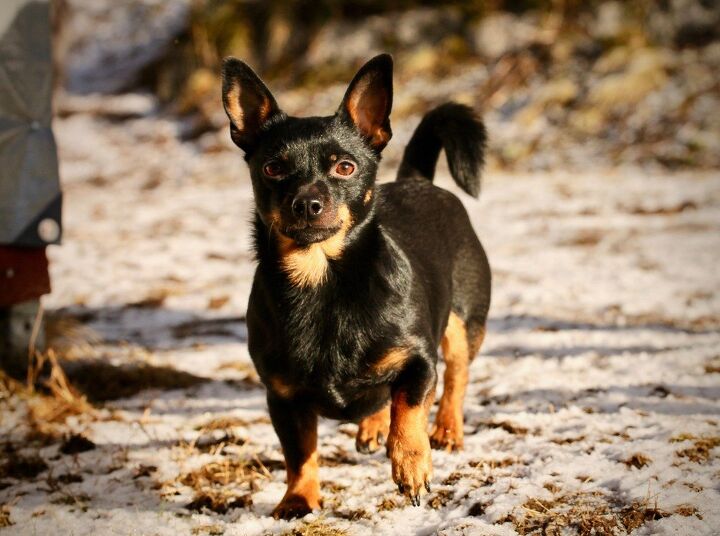
The exact origins of the Lancashire Heeler are unknown but two breeds thought to play a role in its development are the Cardigan Welsh Corgi and the black-and-tan Manchester Terrier.
Food/Diet
As a small-breed dog, the Lancashire Heeler should be fed a high-quality dry food formulated for small breeds. The Lancashire is also an energetic and active breed, he may do well on an active or working breed formula – particularly if he is used for herding. Whatever diet you choose, be careful about overfeeding to prevent obesity.
The Lancashire Heeler is an intelligent breed that was developed for herding.
Training
The Lancashire Heeler is an intelligent breed that was developed for herding, so he is capable of acting independently. While this trait is valuable in a herding breed, it can lead to some challenges. The Lancashire does tend to be a bit stubborn or willful at times, so it is a breed best for experienced dog owners. The best form of training for this breed is positive reinforcement training and you need to be firm and consistent. This dog also requires plenty of socialization from a young age if he is to be kept in a home with other pets.
Weight
The Lancashire Heeler is a small-breed dog, standing 10 to 12 inches tall and weighing about 14 pounds at maturity.
Temperament/Behavior
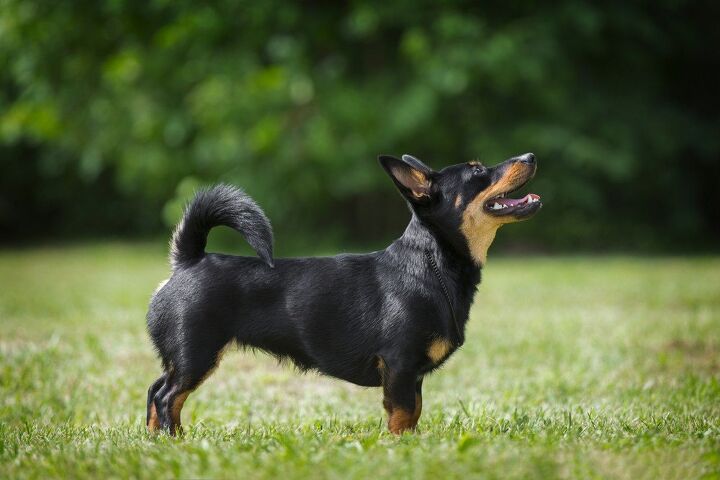
Though the Lancashire Heeler was developed to drive livestock to market, these little dogs are fairly adaptable and they can do well as family pets. This breed is smart and trainable, but he can develop a stubborn streak and may become destructive if he doesn’t get enough daily exercise. The Lancashire Heeler is generally friendly, but he tends to be more comfortable with family and aloof around strangers – it is always a good idea to supervise interactions with strangers or other dogs. This breed is, however, good with school-age children, especially if they will play with him. Early socialization is recommended for this breed, especially if he will be in a home with children, other dogs, or household pets. This breed is unlikely to be aggressive outside the home but may be protective if a stranger enters his perceived territory.
Common Health Problems
The Lancashire Heeler is a healthy breed in general, though all dogs are prone to some health problems. This breed is prone to three eye problems in particular – primary lens luxation, Collie eye anomaly, and persistent papillary membrane. As a small-breed dog, this breed may also experience musculoskeletal issues from time to time.
Life Expectancy
The average lifespan for the Lancashire Heeler is 12 to 15 years.
Exercise Requirements
Although the Lancashire Heeler is a small-breed dog, it is a breed developed for herding so he has fairly high needs for exercise. These little dogs are active and they have excellent stamina, so they need a long daily walk as well as active playtime, ideally outside in a fenced yard.
Lancashire Heelers are fairly adaptable and they can do well as family pets.
AKC
The Lancashire Heeler is not currently recognized by the AKC but he is part of the Foundation Stock Service – when registration numbers are sufficient, the AKC will register the breed. The Lancashire Heeler was recognized by the Kennel Club in 1981 and has been accepted by the FCI and the UKC.
Coat
The Lancashire Heeler has a sleek, shiny coat during the summer, though it grows a little longer and thicker during the winter. The texture of the outer coat is fairly harsh, though the undercoat is smooth – the double coat helps to protect the dog in harsh weather. Grooming for the Lancashire Heeler is fairly easy and he sheds moderately. Only occasional bathing is needed.
Puppies
The average litter size for the Lancashire Heeler is 2 to 5 puppies. Because this is a small breed, puppies reach their adult size quickly – offer them a small-breed puppy formula to ensure that they get the nutrients they need to grow. It is also recommended that you start your Lancashire Heeler puppy with early socialization and training from a young age.
Photo credit: Vera Reva/Shutterstock; LNbjors/Shutterstock

